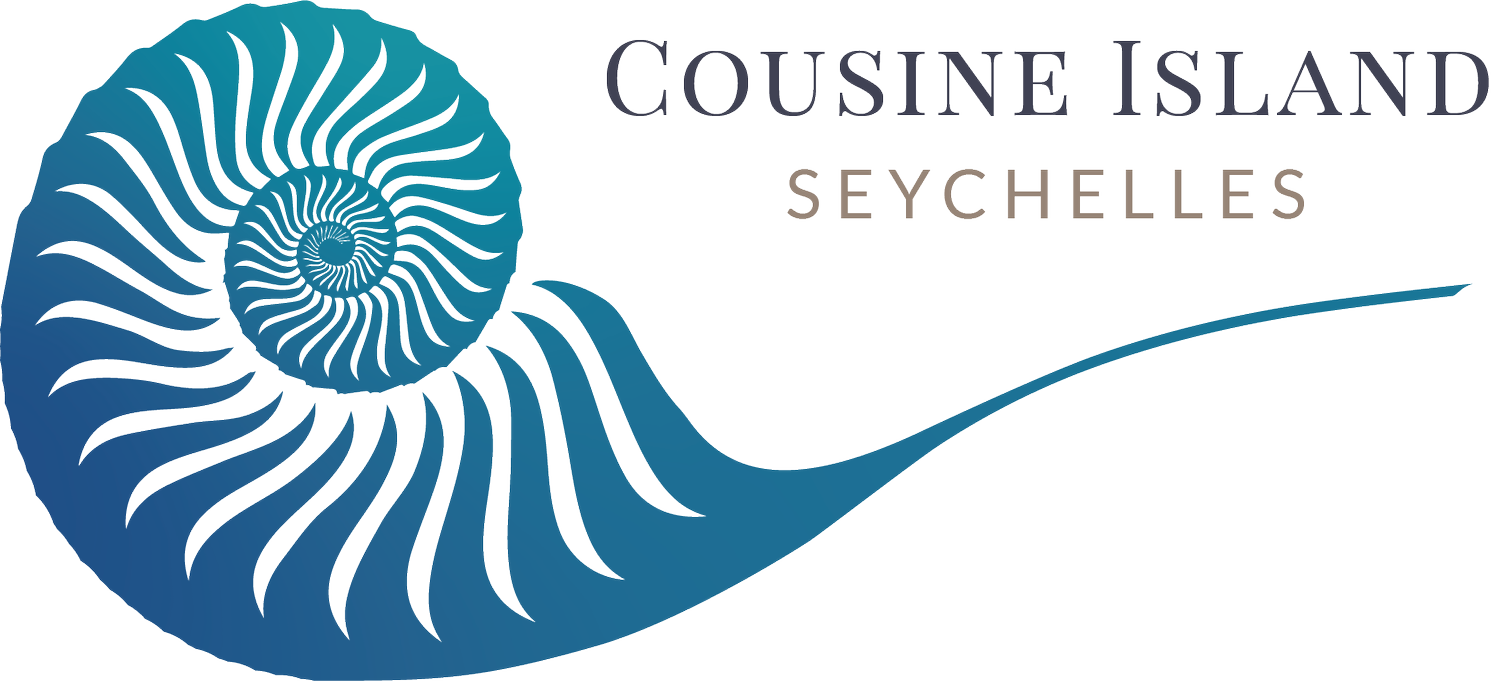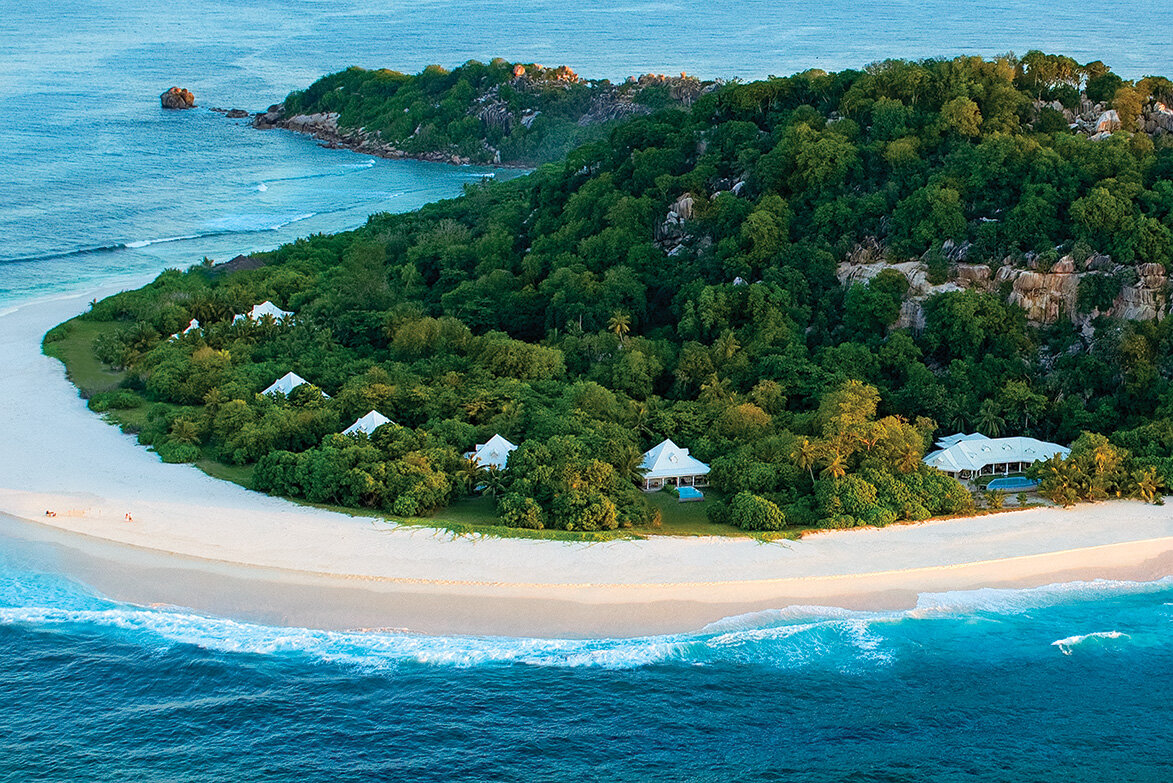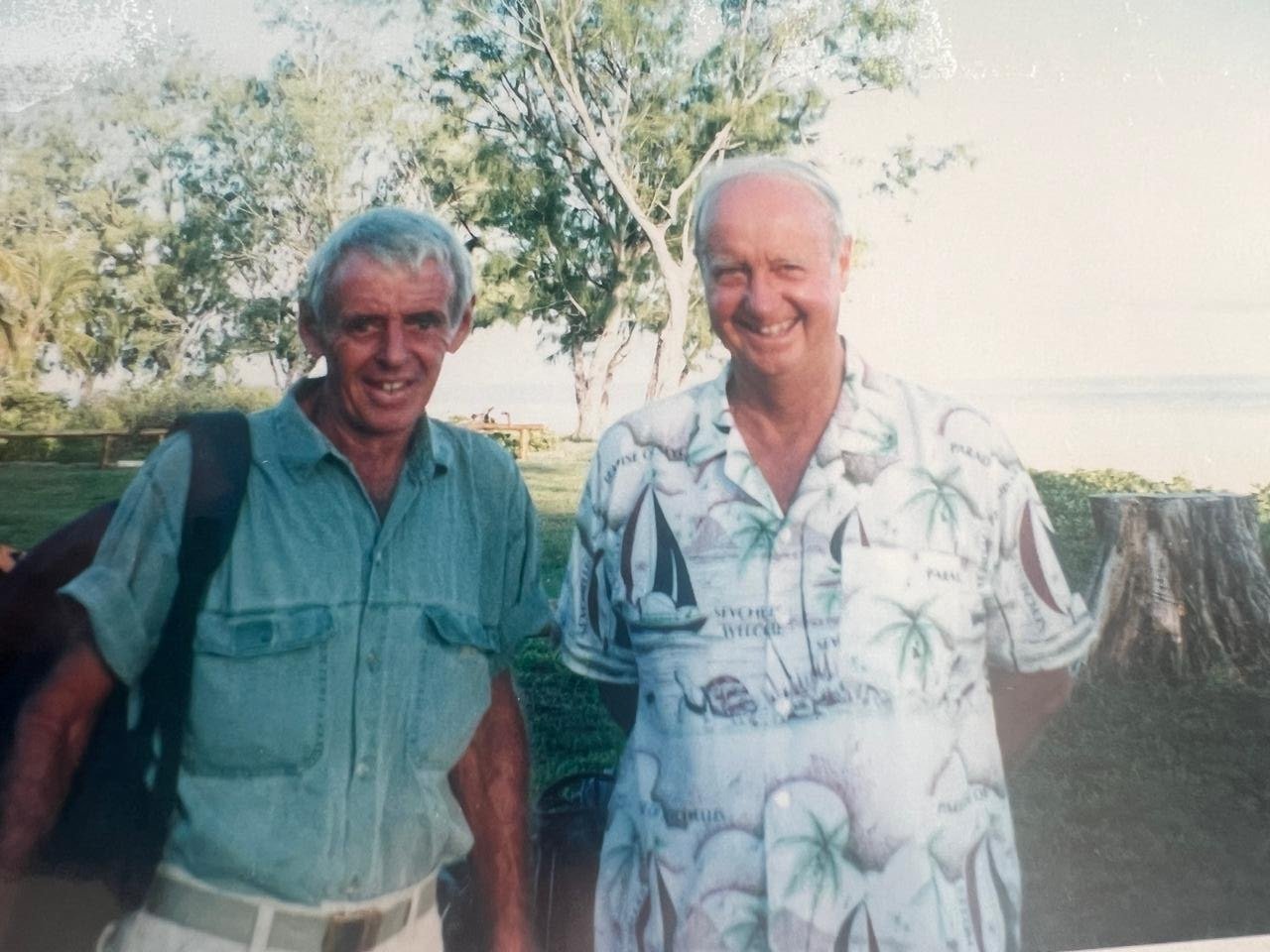تاريخ جزيرة كوزين، جوهرة جزر سيشيل
1800
سجلات الملكية الأولى المعروفة
كان السجل الأول المعروف لملكية جزيرة كوزين عندما باع لويس بوبونو الجزيرة إلى بيير هوقون في 25 ديسمبر 1818. ومن المحزن أن الجزيرة استغلت لمواردها الطبيعية التي أثرت تأثيراً كبيراً على الحيوانات والنباتات (فضلاً عن الحياة البحرية المحيطة) التي تسمى جزيرة كوزين موطنها. تم حصاد الأخشاب من شجرة Casuarina بشكل مفرط كحطب للجزر المجاورة من براسلين وماهيه.
تمت إزالة أعداد كبيرة من بيض طائر الخرشنة الس وتي، الذي يعتبر طعاماً شهياً في سيشيل (ما بين 8,000 إلى 14,000 بيضة كل عام). ونتيجة لذلك، هجرت طيور الخرشنة السوتي مستعمرة تكاثرها في الجزيرة. كما أُخذت فراخ طيور الخرشنة الوتدية الذيل، التي تعتبر أيضاً من الأطعمة الشهية في سيشيل، بالآلاف مما أثر بشكل كبير على حجم السكان. زُرعت محاصيل مختلفة، مثل أشجار جوز الهند والموز والتبغ والفتاك(عشب غينيا أو بانيكوم كحد أقصى).
تم صيد كميات وفيرة من الأسماك في الشعاب المرجانية المحيطة وبيعها في السوق في براسلين. وقد وقعت العديد من السلاحف التي صعدت إلى الشاطئ لتضع بيضها فريسة للاستغلال البشري. كانت السلاحف البحرية الخضراء ثمينة بسبب لحمها الصالح للأكل، وسلاحف منقار الصقر بسبب أصدافها التي كانت تستخدم في صناعة الحلي. ويعشش كلا النوعين الآن في جزيرة كوزين.
1992
رحلة شفاء من الترميم والصيانة
من تاريخها المظلم إلى رحلة الشفاء والعودة إلى نورها، مُنحت جزيرة كوزين فرصة ثانية في عام 1992 عندما اشترى المالك الحالي السيد م. ف. كيلي وزوجته الجزيرة لتحويلها إلى إرث من حبهما. أزيلت جميع حيوانات المزرعة (الماشية والخنازير والدجاج) وأشجار الكازوارينا كجزء من المراحل الأولية لمشروع الترميم.
كما شمل برنامج الترميم زراعة أشجار أصلية ومستوطنة على نطاق واسع (حوالي 8000 شجرة من عام 1992 حتى الآن) وإزالة جميع الأنواع النباتية والحيوانية غير المحلية. وبفضل هذه الجهود الملهمة، تعافت الجزيرة من تاريخها من الإفراط في الحصاد والاستغلال. وقد حققت جهود إعادة التأهيل والحماية نجاحاً منقطع النظير في حد ذاتها.
2020
إرثنا من الحب الحقيقي
واليوم، تُعد جزيرة كوزين ملاذاً آمناً سماوياً للعديد من الأنواع وواحدة من الجزر الجرانيتية القليلة في سيشيل الخالية تماماً من الثدييات الغريبة (مثل القطط الوحشية والجرذان). كما تم تحقيق العديد من عمليات إعادة توطين الأنواع المحلية في الجزيرة. فقد تم إدخال طائر العقعق-روبن السيشيلي المهدد بالانقراض في عام 1996 مع الامتنان لجزيرة فريغات الخاصة، وهي شريك أساسي في إعادة إدخاله. وعلى مرّ السنين، ازدادت أعدادها إلى أكثر من 50 فرداً توجد في 12 منطقة في جميع أنحاء الجزيرة.
لدى جزيرة Cousine الآن موئل لدعم الآلاف من الطيور البحرية المتداخلة كل عام (بما في ذلك ما يقرب من 55 000 زوج من الـ 1000 من الـ 1000 من الـ 100 100). تم إدخال 20 سلحفاة عملاقة إلى الجزيرة بين عامي 1992 و 2004 ، ووجدت العديد من السلحفاة التي تم شراؤها أو إنقاذها منزلًا في جزيرة Cousine. هناك الآن 78 من الأفراد التجوال الحر الذين تتراوح أعمارهم بين خمس سنوات و 120 سنة التي تدعو Cousine المنزل. كما أن إعادة إدخال سكان أصحاء في سيشيل في واربلر قد تكللت بالنجاح.
من اليأس من الاستغلال غير المستدام، إلى إعادة تأهيلها وحمايتها، جزيرة كوزين هي قصة نجاح الحفظ. إرث من الحب المشترك بين الزوج والزوجة التي أعادت هذه الجزيرة الخاصة الصغيرة الثمينة إلى الحياة في سيشيل والقيام بدورنا في المساهمة على الصعيد العالمي في التنوع البيولوجي للأزهار والحيوانات لكوكبنا بمجرد البدء في المنزل.
قصتان فقط من قصص النجاح في مجال الحفاظ على البيئة طائر العقعق-روبن من سيشيل وسلحفاة الدابرا العملاقة في جزيرة كوزين، سيشيل
تتواصل جهود الحفاظ على البيئة في جزيرة كوزين. تعاونّا مؤخراً مع مؤسسة جزيرة سيشيل لزراعة أشجار الكوكو دي مير في جزيرة كوزين.
استمتع بسحر جزيرة كوزين بنفسك.
ضيوف الجزيرة مدعوون للمشاركة في أنشطة الحفاظ على البيئة مثل المشي بصحبة مرشدين وزراعة الأشجار، ولكن مجرد زيارة الجزيرة(حتى لو ليوم واحد فقط) يساهم في جهودنا للحفاظ على البيئة.




















